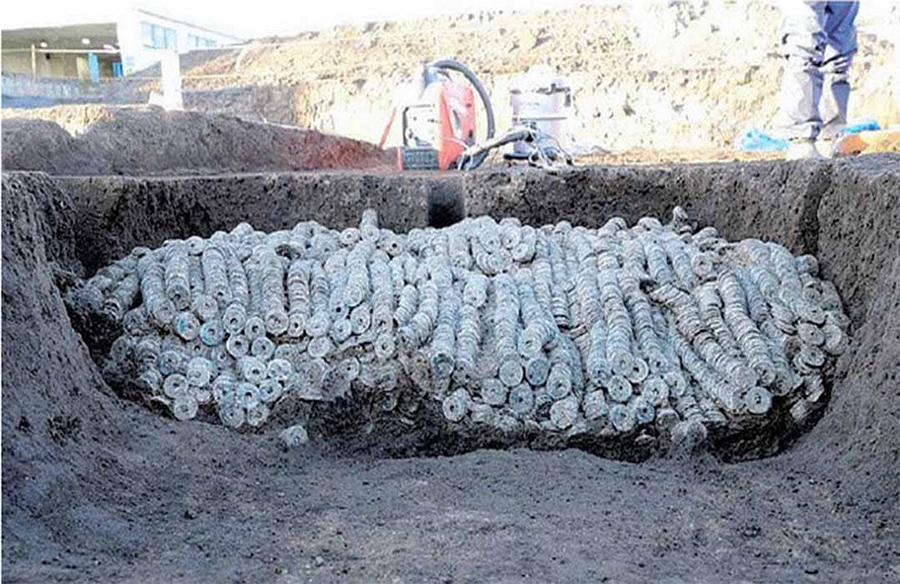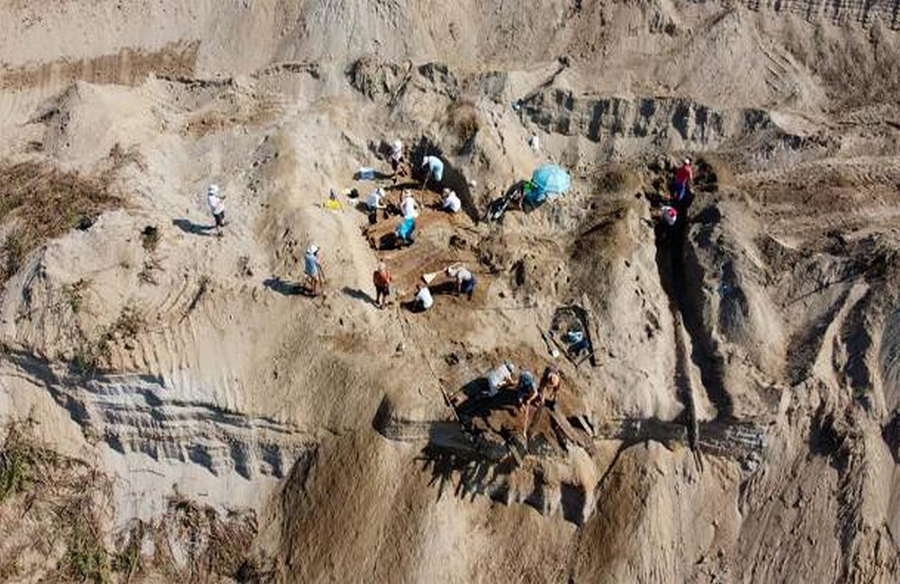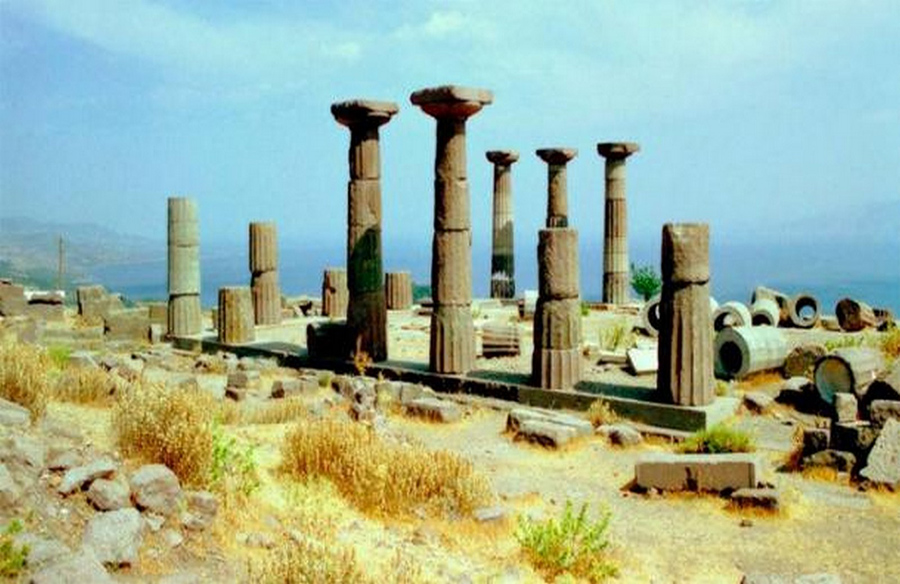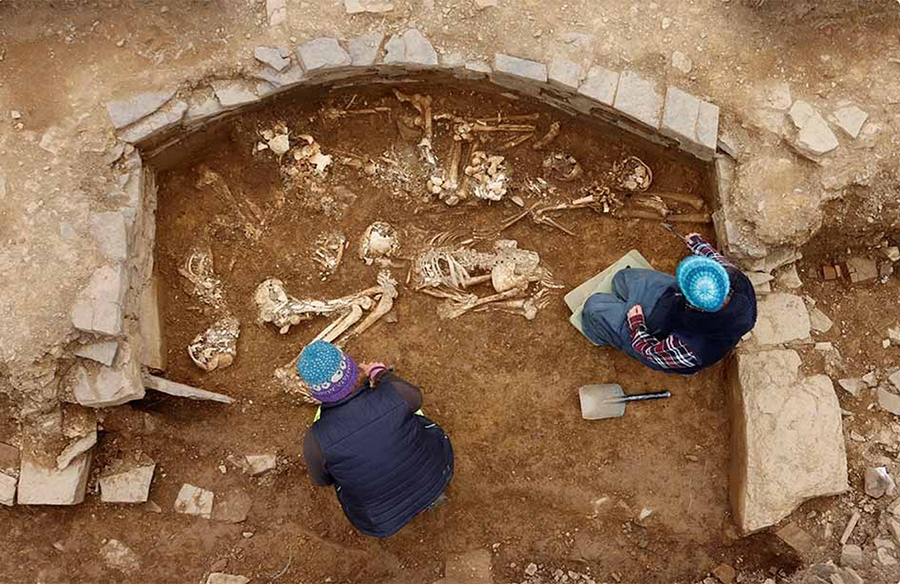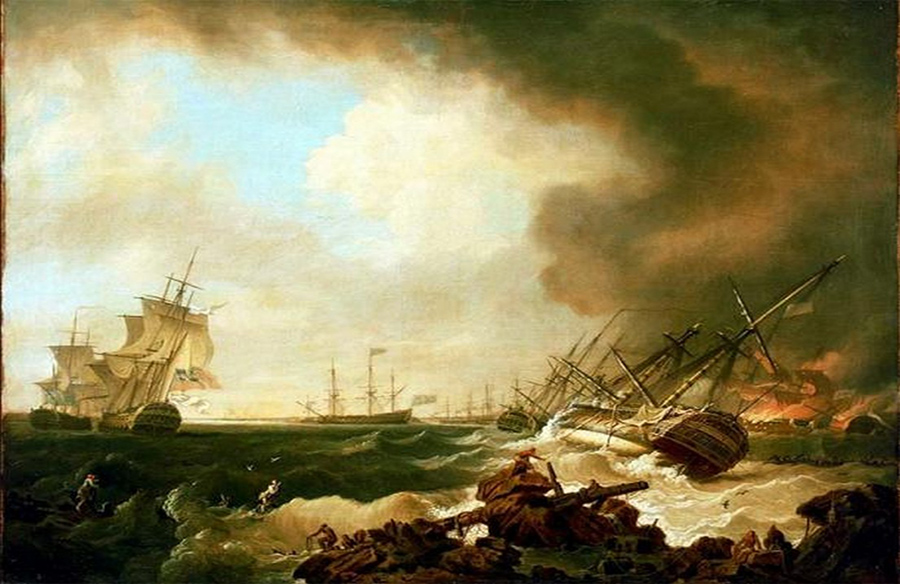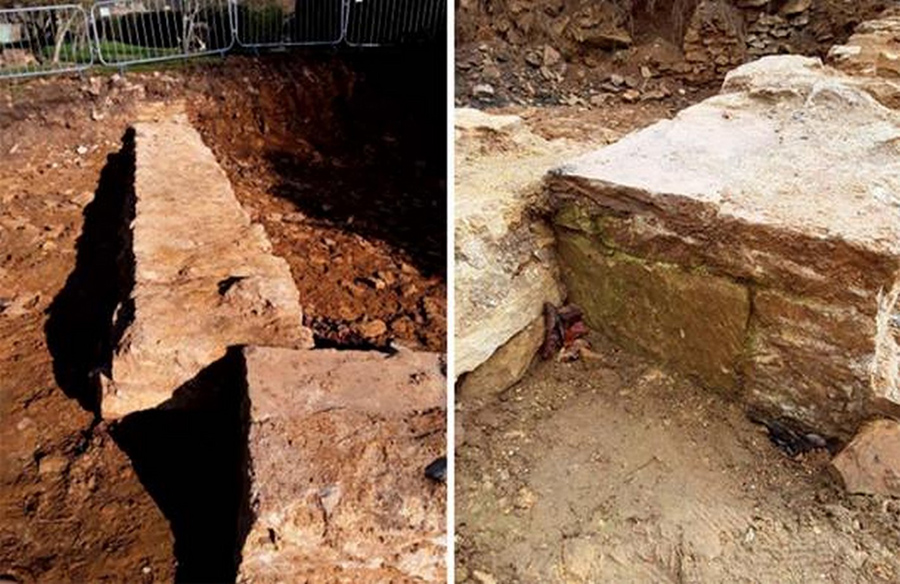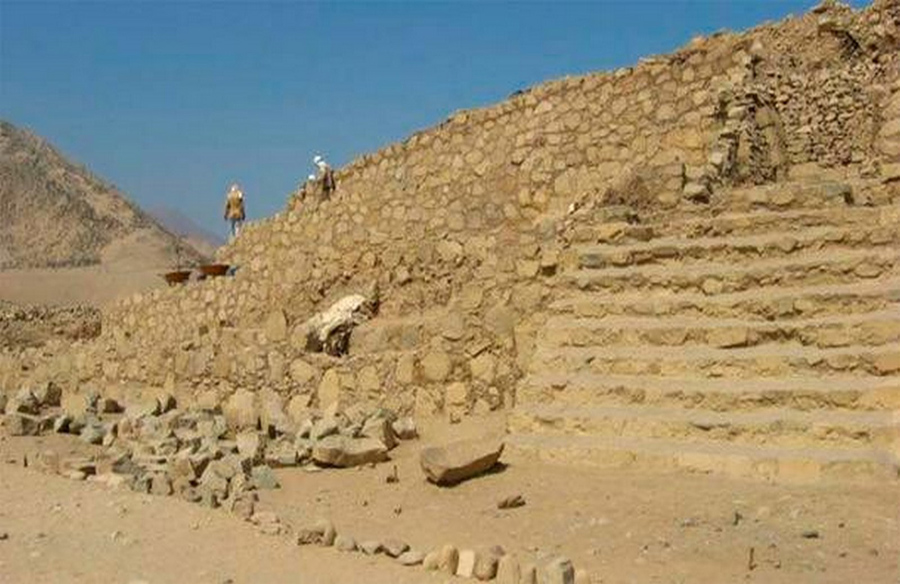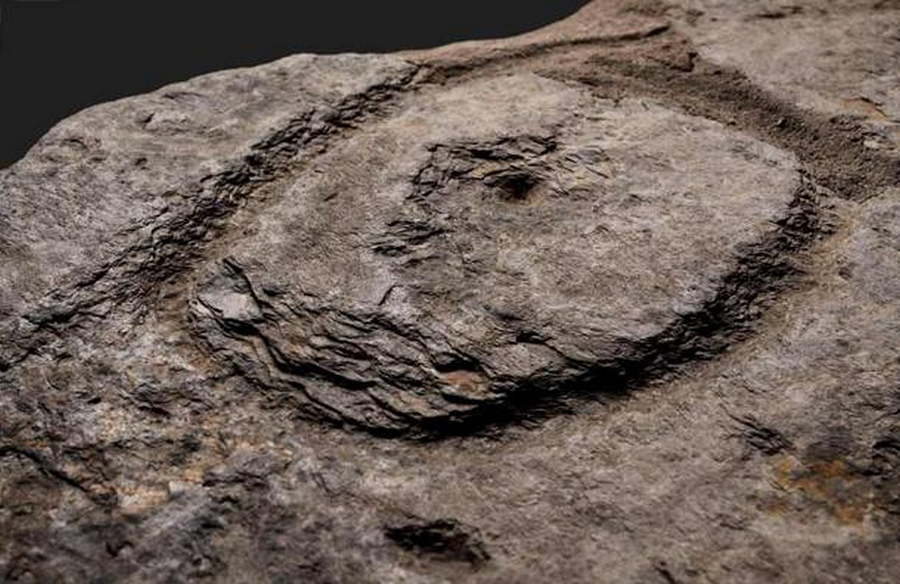A Remarkable Discovery
During construction endeavors in Maebashi City, central Japan, a staggering cache of ancient coins emerged, totaling 100,000 in number. Among them, a standout find is the ‘Ban Liang’ coin, China’s earliest unified currency. This remarkable discovery sheds light on a tumultuous period spanning from the 7th to the 13th centuries.
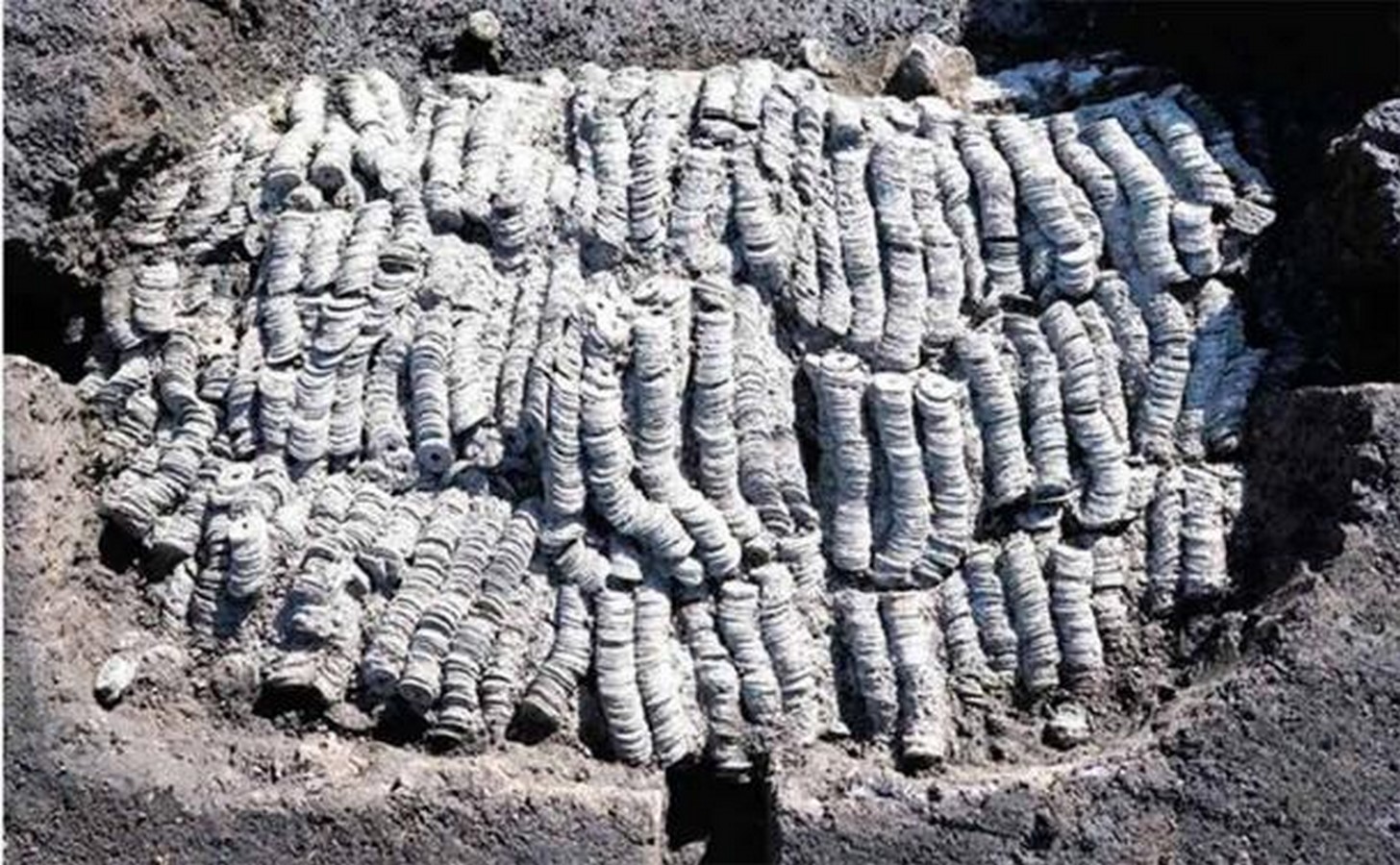
Delving into Ancient Relics
Wrapped in straw cords known as ‘sashi’, the coins were bundled in groups of 100 and concealed, possibly as a strategic measure during times of war and upheaval. The oldest among them, a Ban Liang coin dating back to 175 BC, unveils China’s inaugural unified currency, a testament to its enduring historical significance.
Tracing Historical Threads
The excavation site, nestled in the Sojamachi district, provides a glimpse into the concerns and safety measures of the elite during medieval Japan’s turbulent epochs. The meticulous examination of 334 coins revealed at least 44 variants, spanning over 1,400 years of history from 175 BC to 1265 AD.
Unraveling the Past: Kamakura Jidai
The discovery hints at the Kamakura Period’s turmoil (1185-1333), marked by conflicts with the Northern Fujiwara and Mongol invasions. This era witnessed the rise of the samurai and the establishment of feudalism, culminating in internal strife and the eventual downfall of the Kamakura shogunate.
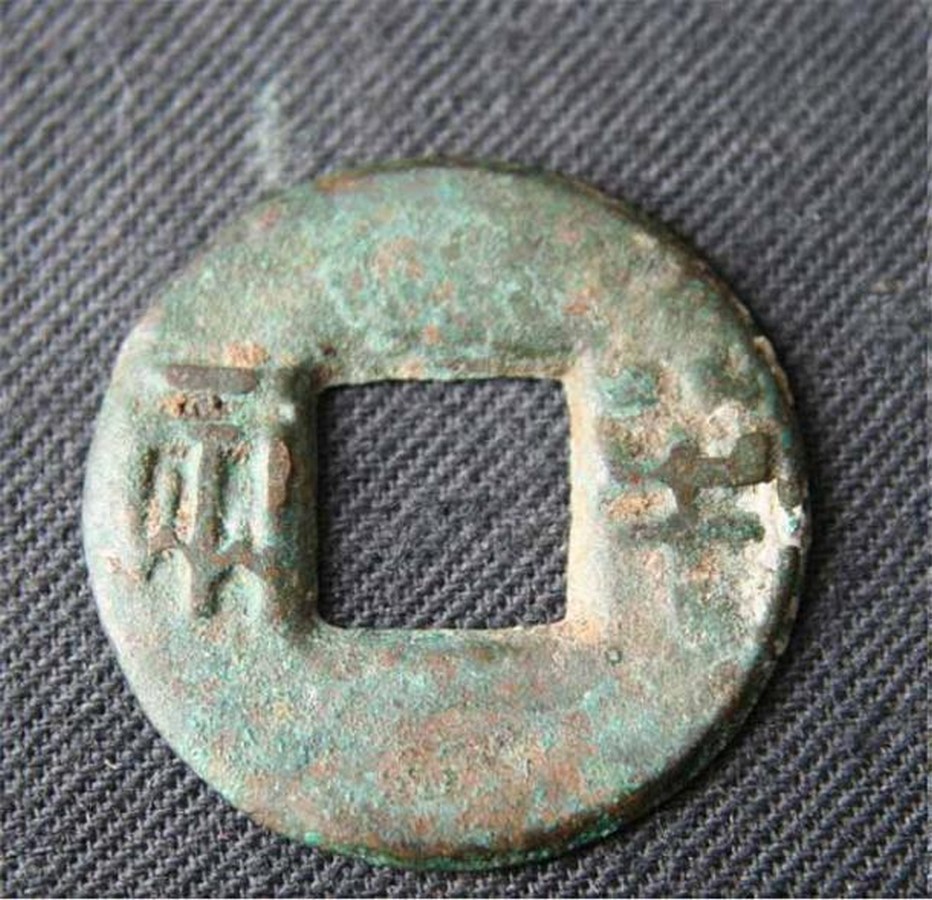
Significance of the Excavation Site
Spanning one kilometer, the excavation site in Kozuke province holds significance from the late 3rd century to the late 7th century, bridging the Kofun to the Ritsuryo periods. It encompasses key landmarks like the Sosha burial mounds and the San’o Temple Ruins, offering insights into Japan’s ancient heritage.
Exhibition of Cultural Artifacts
The discovered artifacts, showcased in the “Newly Excavated Cultural Artifacts Exhibition 2023” in Maebashi City, offer a captivating glimpse into Japan’s rich history. Open to the public until the 12th of this month, the exhibition invites visitors to delve into the mysteries of the past free of charge.
